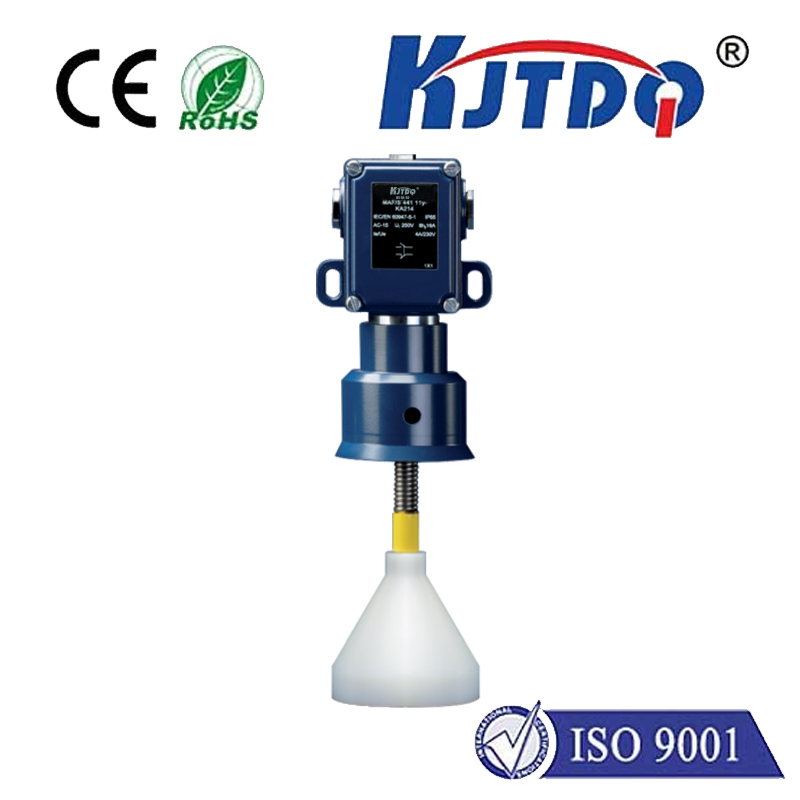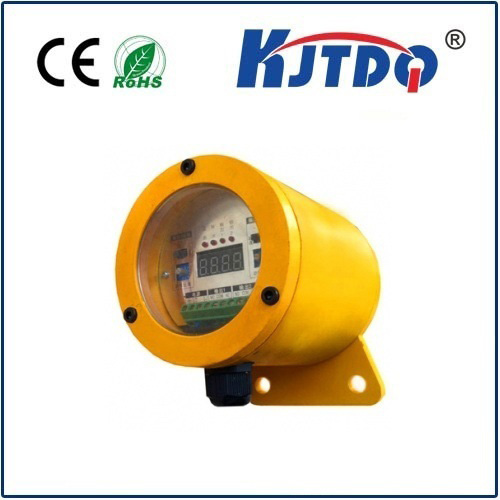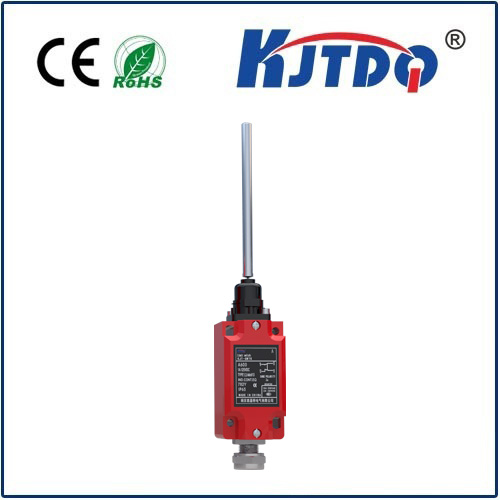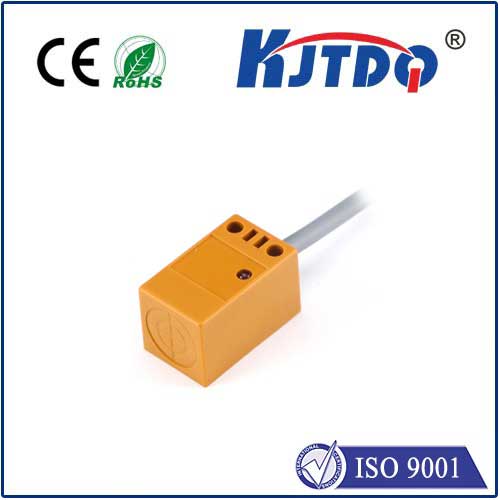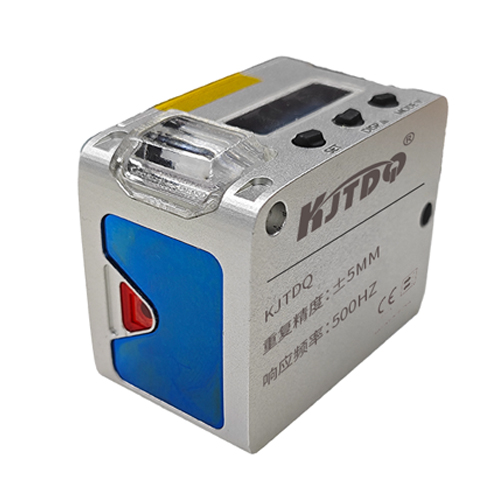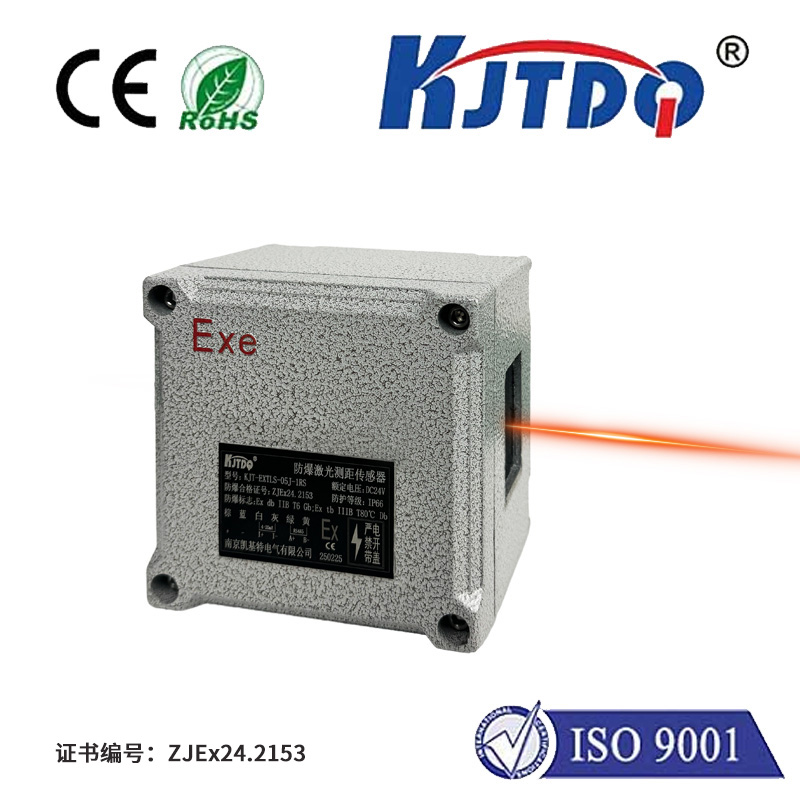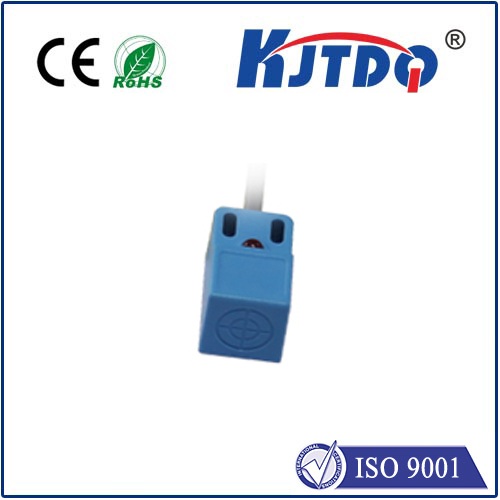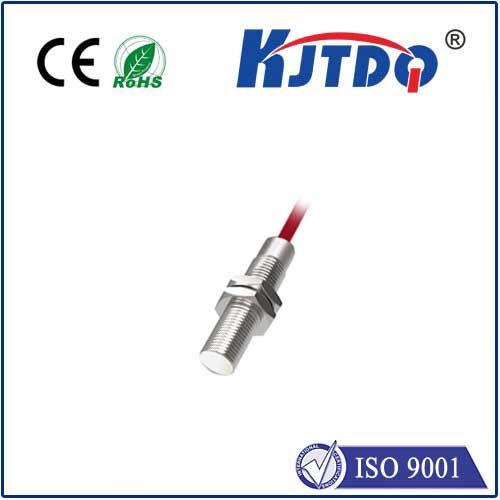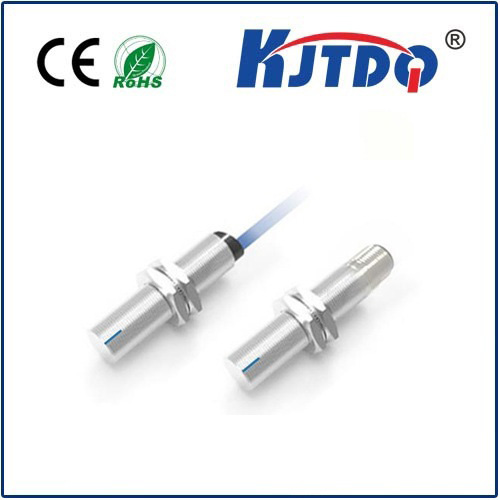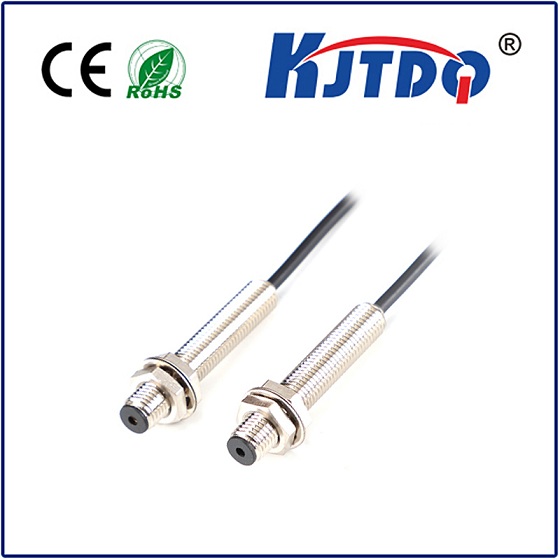VL53L0X ToF Sensor: Revolutionizing Precision Distance Measurement in Modern Tech In an era where smart devices demand unparalleled accuracy, the VL53L0X Time-of-Flight (ToF) sensor emerges as a game-changer. From robotics to augmented reality, this compact yet powerful component is redefining how machines perceive and interact with their surroundings. But what makes this sensor stand out in a crowded market of proximity and distance measurement tools? Let’s dive into its capabilities, applications, and why engineers and hobbyists alike are integrating it into their next-gen projects.
Time-of-Flight technology measures distance by calculating the time it takes for light—typically from a laser or LED—to reflect off an object and return to the sensor. Unlike traditional infrared (IR) sensors that estimate distance based on light intensity, ToF sensors like the VL53L0X deliver millimeter-level precision without being fooled by ambient light or surface colors. Developed by STMicroelectronics, the VL53L0X packs advanced optics, a 940nm vertical-cavity surface-emitting laser (VCSEL), and a single-photon avalanche diode (SPAD) array into a minuscule 4.4 x 2.4 x 1.0 mm package. This integration allows it to measure distances up to 2 meters with remarkable consistency, even in challenging environments.
The versatility of the VL53L0X has made it a favorite across industries. Here are a few standout use cases:

Autonomous robots rely on accurate obstacle detection. The VL53L0X’s fast response and precision help drones navigate tight spaces or land safely, while robotic arms use it to gauge object proximity during pick-and-place tasks.
Modern smartphones use ToF sensors for autofocus enhancement and portrait-mode photography. In augmented reality (AR), the VL53L0X enables precise depth mapping, creating immersive experiences where virtual objects interact seamlessly with real-world environments.
From conveyor belt monitoring to liquid level detection, the sensor’s immunity to environmental variables ensures consistent performance in factories. Its ability to measure through glass or plastic also simplifies integration into machinery.
Smart speakers with gesture controls, robot vacuums avoiding stairs, and even touchless faucets—all leverage the VL53L0X’s ability to detect presence and movement without physical contact.
While ultrasonic and IR sensors remain popular, the VL53L0X offers distinct advantages:
No sensor is perfect. The VL53L0X’s limited range (2m) makes it unsuitable for long-distance applications like automotive LiDAR. Additionally, transparent or highly reflective surfaces can occasionally cause measurement errors. However, STMicroelectronics provides extensive calibration guidelines to mitigate these issues.
As IoT and AI continue to evolve, demand for compact, low-power sensors like the VL53L0X will skyrocket. Innovations in multi-zone scanning, longer ranges, and AI-driven data processing are already on the horizon. For now, the VL53L0X remains a benchmark in precision distance sensing—proving that even the smallest components can drive monumental advancements in technology.
